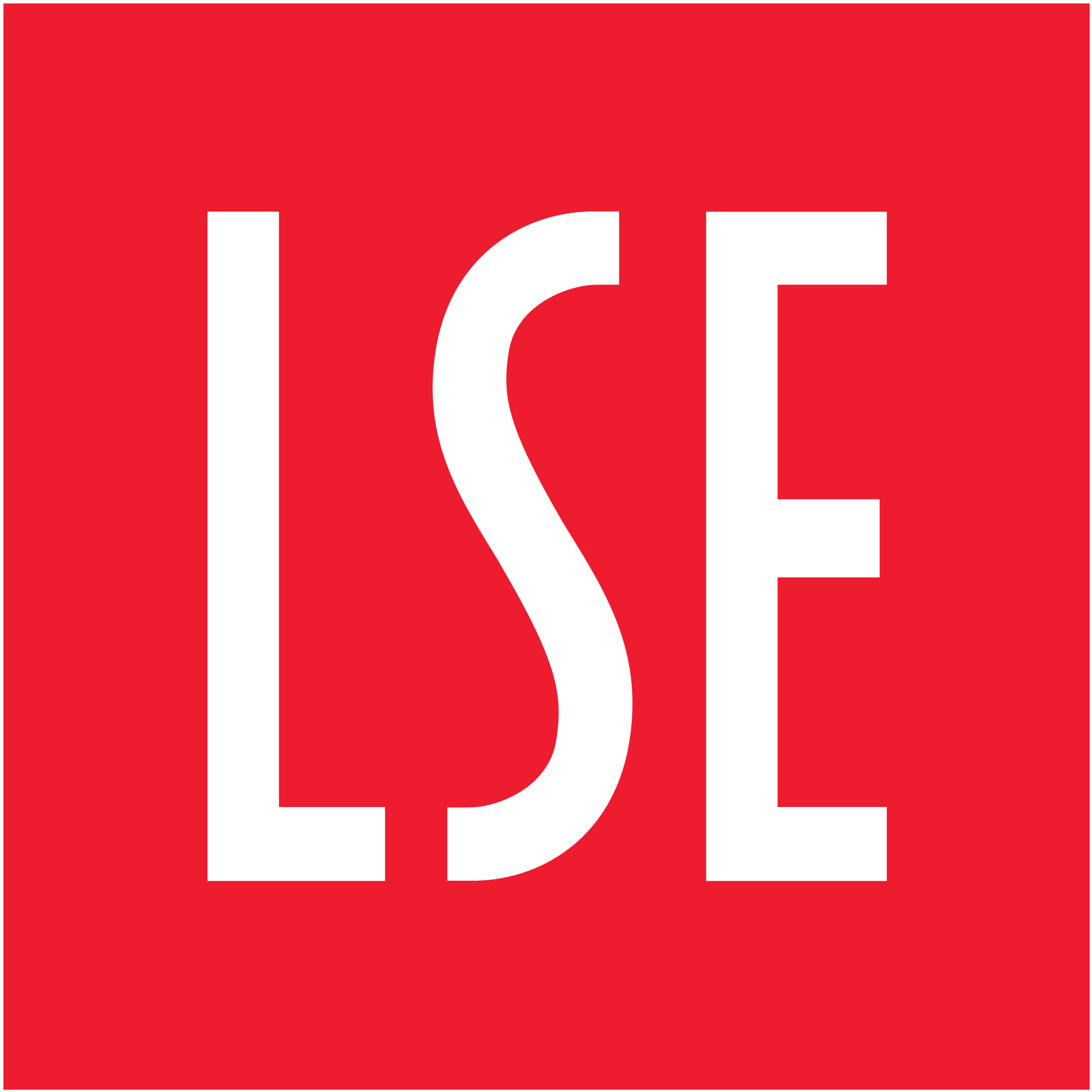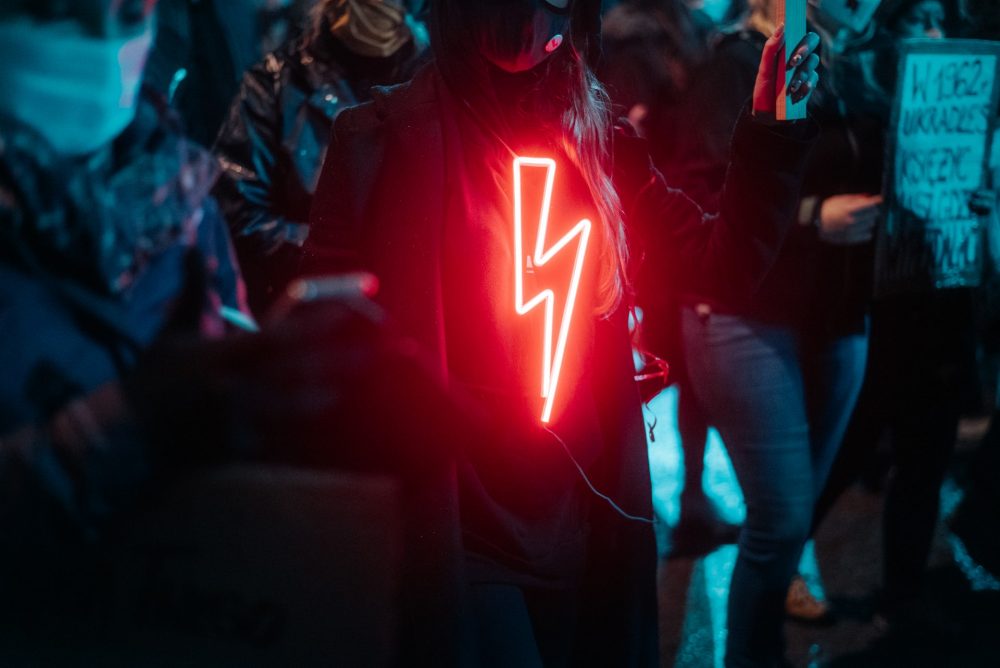Contagion is a 2011 film by US director Steven Soderbergh (Erin Brockovich, Traffic, Che) that has proved popular viewing during the first few weeks of the Coronavirus crisis. Set in a fictional global pandemic – modelled on the outbreak of a bat-borne Nipah virus identified in 1999 that killed around 100 people in Malaysia – the film is a tightly-written topical drama with a great cast that includes Matt Damon, Gwyneth Paltrow, Jude Law, Laurence Fishburne, Kate Winslet, Marion Cotillard and Jennifer Ehle.
In the film, Paltrow’s character returns to the US from a business trip from Hong Kong, and begins the spread of a deadly infection. The authorities are slow to understand the implications of the virus. As it spreads across the world, scientists try to find a vaccine and societies struggle to contain the social and economic consequences.
When it was originally released, Contagion drew praise for the unusual efforts made by its writers and director to ‘get the science right’. More recently, with the film made available on Netflix and shown on ITV, it has attracted further attention for its uncanny parallels with the current crisis.
We argued in our book Popular Representations of Development: Insights from Novels, Films, Television and Social Media, co-edited with Dennis Rodgers and Michael Woolcock, that popular culture provides useful insights into social change and may offer social scientists representations of social reality that can be productive.
I enjoyed the film. It’s well-made and prescient, but perhaps not engaging enough that I’d watch it again. I learned things from it – that ‘social distancing’ has a history, and appreciated the ‘explainer’ that told me what is meant by the ‘R-nought’ of a virus. But what most struck me after watching Contagion was how old-fashioned the world it portrayed felt today, and how different the world seems now, despite the film being released less than a decade ago.
The movie depicts a post-Cold War international order that is still largely intact. The Global North is in charge, working with the World Health Organization (WHO) office in Geneva to fight the virus and solve the crisis. US authorities and scientists are at the forefront of international efforts, in the form of the US Centre for Disease Control and Prevention. If they can’t solve the problem, it seems no one can. Villagers in Hong Kong have to kidnap and hold a WHO scientist hostage to ensure they get access to the vaccine.
Today’s world looks different. Countries like China, Singapore and South Korea have deployed their own scientific expertise, mobilised their publics and adapted governance arrangements in the face of the pandemic – in apparently effective ways. By comparison, the responses of Britain, US, Italy and Spain have appeared disorganised and fragile. President Trump has suspended WHO funding.
UNDP’s 2013 report The Rise of the South: Human Progress in a Diverse World drew attention to the changing balance of global power, where it was no longer useful to understand ‘development’ through its traditional framing as the Global North trying to influence the Global South. ‘Increasingly the North needs the South’, the report pointed out. The coronavirus crisis has made this decentred, multipolar world even more apparent and highlights the urgency with which all countries need to cooperate, share ideas, and learn from each other in ways that transcend the old binaries.
The Covid-19 crisis has dramatically highlighted the extent of inequality and poverty within and between countries that has been allowed to increase under neoliberalism. It also shows us the catastrophic consequences of the extreme pressures that we have placed on the natural environment through our unsustainable food systems and consumption practices.
The world is more interconnected, and many commentators on the current crisis emphasise the need for multilateral action. Recent trends towards populist isolation and protectionism have not only impeded international cooperation to deal effectively with borderless pandemics, but have also led to an increased questioning of the value of science, the austerity driven decline of public research capacity, and the rise of a populist distrust in experts. ‘One thrill of the movie is its belief in solution-driven competence’, wrote Wesley Morris in the The New York Times, highlighting another way in which the movie displays how far things have changed.
The crisis may, as some have claimed, reinforce the trend towards isolationism and a retreat from globalization. Yet the coronavirus response has also promoted a resurgence of community solidarity, volunteering and mutual support. The challenge now is to press national governments into forms of international cooperation that can support this new localism and build a better future.
There are some who see the chance for the sort of reconfiguration of priorities and institutions that came in Britain after World War 2, with a new progressive domestic role for state intervention and an appetite for rebuilding global institutions. As UN Secretary General António Guterres has said: ‘we must act together to slow the spread of the virus and look after each other. This is a time for prudence, not panic. Science, not stigma. Facts, not fear.’
Contagion is a film that entertains, informs and helps to bring these urgent new priorities into even sharper focus.
Note: This article gives the views of the authors, and not the position of the Social Policy Blog, nor of the London School of Economics.






I found this post to be very useful, thank you David. Watching the Downing Street evening display of political leaders and experts most evenings I have to confess that belief in ‘solutions driven competence’ is a bit difficult to sustain. Three persons behind the podia in No 10 simply display a grotesque degree of centralisation. I was in Bangladesh in Feb, to give a paper at a BPATC event and was astonished / shocked at the degree to which founding father ‘worship’ and unshakable optimism in ‘middle income status’ had come to dominate the scene. Is that a version of populism? My paper was on systems disruption due to climate change and the positive adaptive things that were happening in agriculture and aquaculture, some supported by places like IIED, linking scientists, NGOs and farmers; plural and diverse. Met some old friends but came away depressed.
Thanks Donald for taking the trouble to read and comment … Yes, our government’s response has been shaky on so many levels (equipment, testing, clarity of message, implementation of support). On your other point, I think there probably is a populist element in the current authoritarian turn in Bangladesh. But I also think the government’s record to date on climate planning is pretty good …
This is a succinct, concise and a well articulated post. I thoroughly enjoyed reading it.
We the humans have experienced pandemics in the past too but once they are gone we tend to return to business as usual. We have seen again in the face of Covid19 crisis that people must come before profit ….and we must have strong and effective instititional mechanism to ensure universal access to public services. Will we learn this time?
We cannot ignore the environment too which needs special attention in a post Covid world
Despite all claims of global community the nation states still operate in silos in thier fight against Corona. And there is an increasing trend of nation states getting more introvert today than ever ……we need a new and truely global order with the idea of global citizenship more than free trade and others
Thanks Amir – I agree that we can’t go back to normal, we have to rethink. But we can’t underestimate the capacity of human beings to simply move on and the forget to take proper action, as happened with the financial crisis and the banking system. I hope we can learn from that mistake.
Hi David, I watched the movie at the start of the pandemic because I heard that the adviser on it knew his stuff but I didnt really watch it as carefully as you as I wasn’t planning to write a blog! So reading your perspectives on it is very interesting. One thing I wondered: one feature of the present crisis is the extent to which industrialization of farming and human encroachment on natural habitats has been seen as an underlying cause. Did that feature at all in Contagion. I cant remember. What did strike me of course was the role of global travel. And that it seemed credible to portray the US as playing a lead role in finding the solution. That will not fly in this pandemic – but who knows how Hollywood will decide to portray it. The reality would not play well in the box office!
Thanks Naila. Yes, it seems the writers consulted a wide range of experts – in the US and at WHO – in the making of the film, and that effort drew praise at the time it was released.
At the very end of the film, there is a short sequence involving wild bats and wet markets etc that tries to make the point about human encroachment and the risk of transmission of diseases across the animal – human boundary, that I think was meant to make that connection …
I did wonder whether it was simply the fact that it was a Hollywood film that put the US at the centre, and I’m sure that’s partly true, but Soderbergh is a director with some ‘outside the mainstream’ credentials – he did make the two Che films, after all!